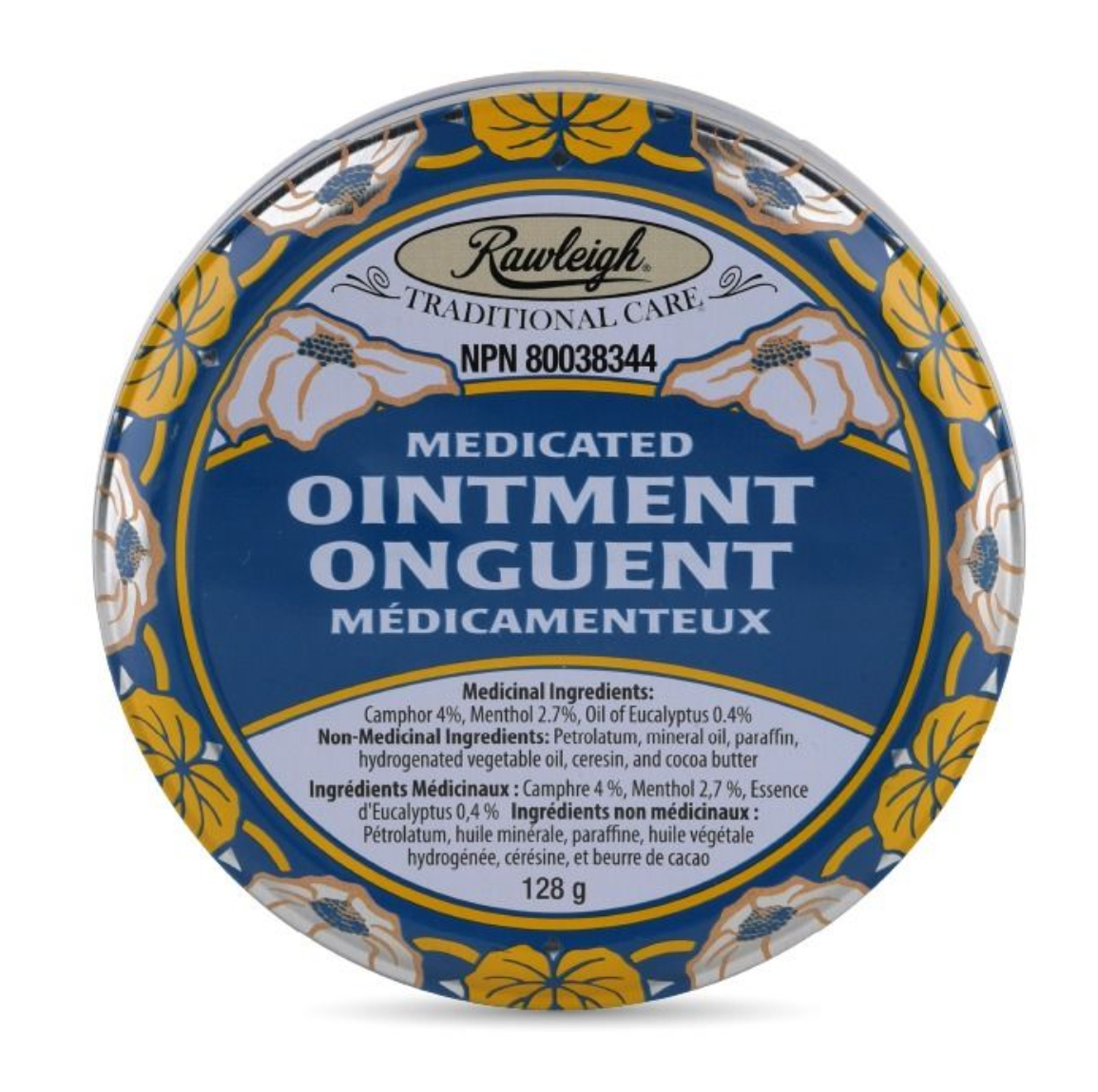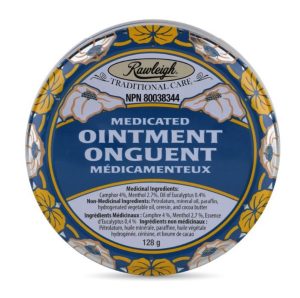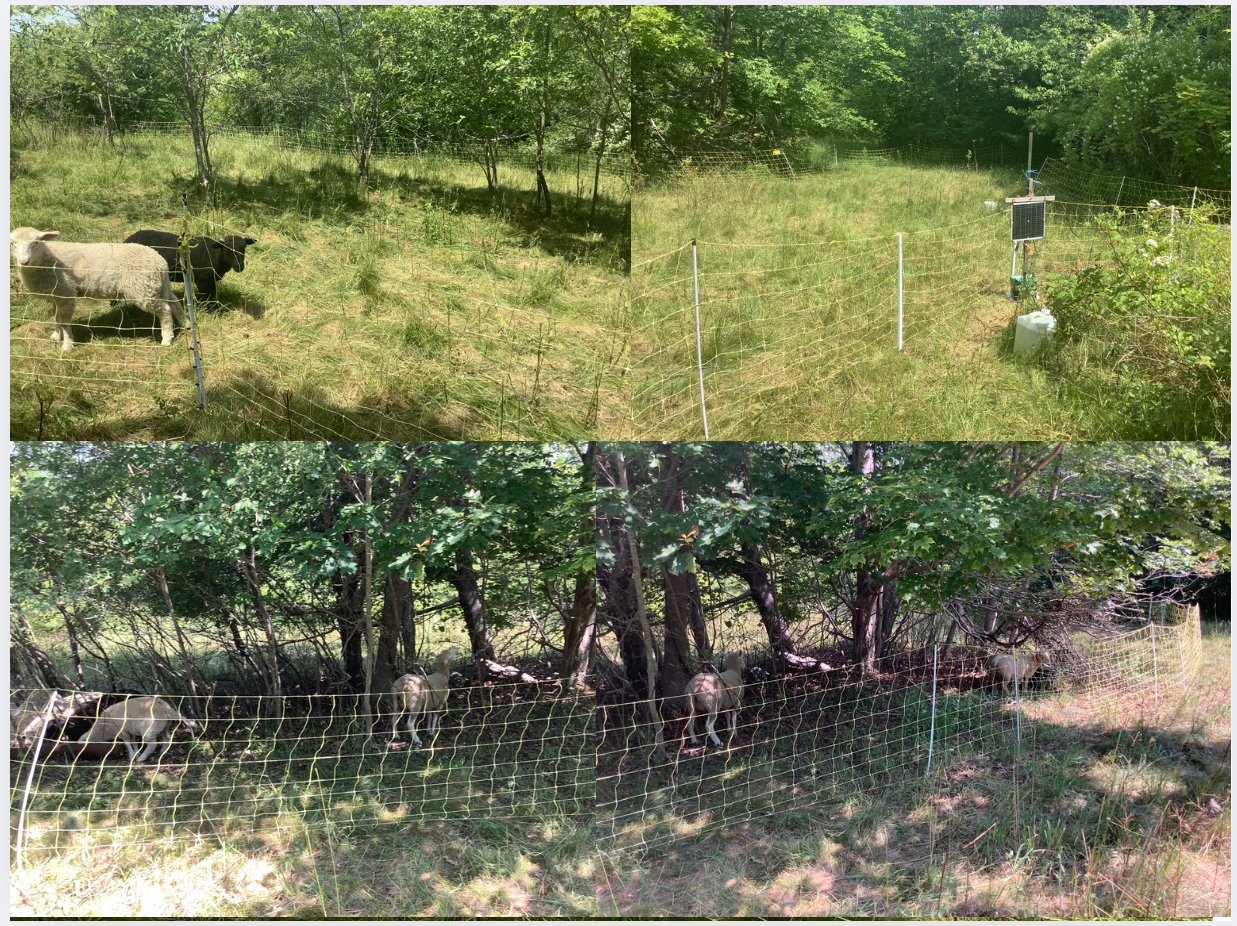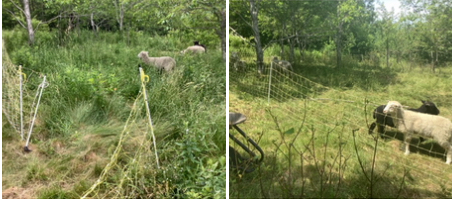
We move our Briden Farm Sheep every 4 Days, to stay ahead of parasites and don’t return for at least 90 days to let the pasture rest and any parasites die due to lack of host. That’s why we move them so often. Goats need to be moved at least every 30 days and Pigs at least every two weeks for the same reasons. The time off pasture, allowing the pasture to rest is usually one year. So it’s all very labour intensive. Especially having to move the Sheep every four days!
So, I’ve probably seen this happen, and helped make this happen, well over 100 times over the past couple of years.!
Yet, I’m always amazed at what an incredible job they do!
Just look…
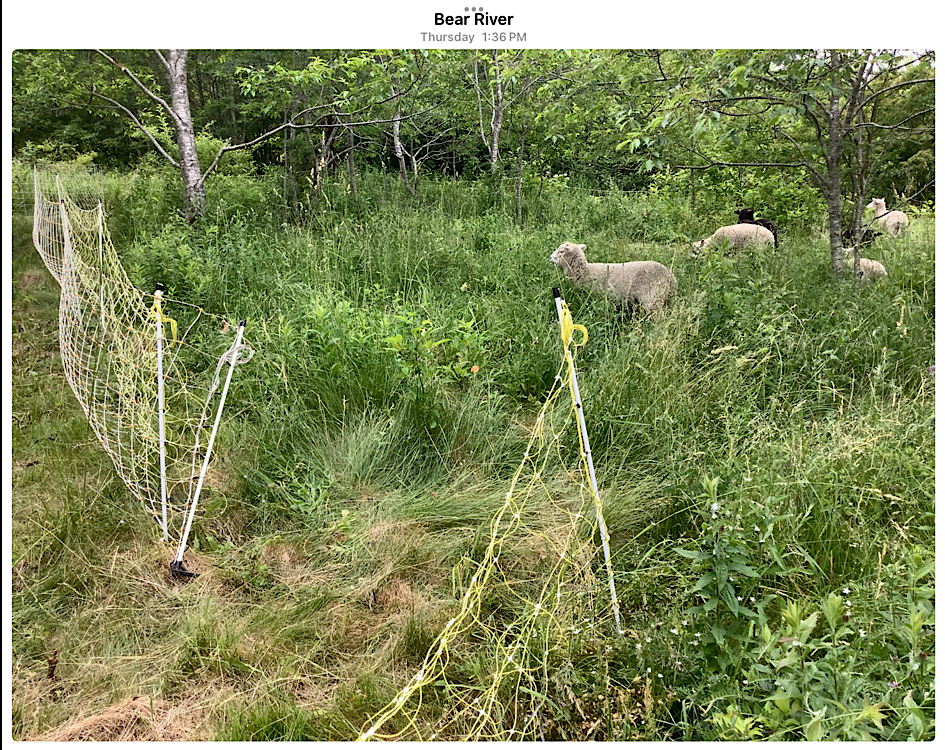
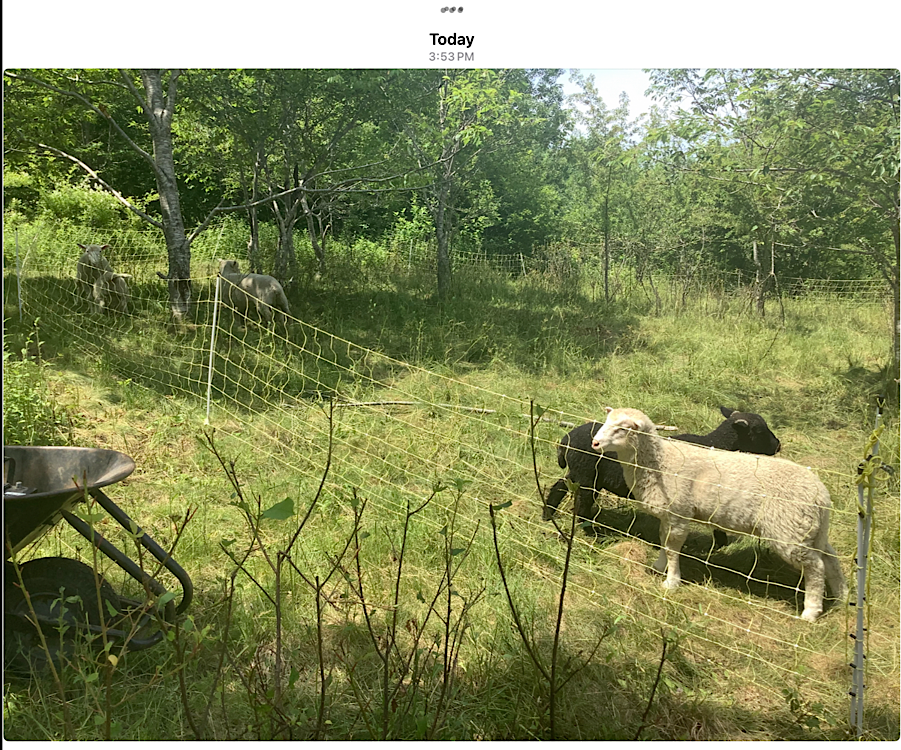
To me it’s absolutely amazing! A stark difference! It really helps recoup old pasture land. Over time it becomes more hay, and less scrub. Especially when we begin to use Goats, Sheep, Chickens and Rabbits all rotated in succession. We’ve seen it on a previously worked overgrown pasture. Within two years it went from weeds and invasive species to where we could harvest hay!
In some cases, where the weeds and invasive species really need to be rooted out, we use Goats, followed by pigs. Let it rest and recuperate and then next year use goats and sheep.
It’s just an amazing transformation! Especially over time! It takes time, and work! Not,only for the animals, but for us also. If You have old pasture land you’d like restored. Naturally without chemicals and excavators, contact us. Let’s discuss Your situation and see how our animals can help You! Call Brian at 902-907-0770
